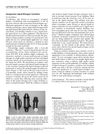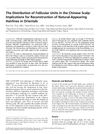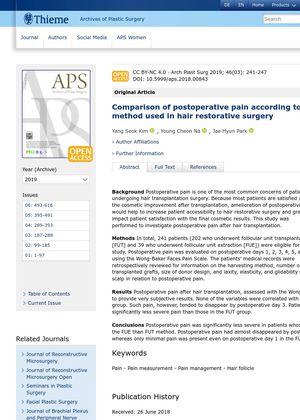TLDR Follicular unit extraction (FUE) causes less postoperative pain than follicular unit transplantation (FUT), but pain from both methods decreases significantly within two days.
In 2019, three studies were conducted to compare postoperative pain in hair transplantation surgery based on the harvesting method used: follicular unit transplantation (FUT) or follicular unit extraction (FUE). The first study involved 120 patients, the second 241 patients, and the third did not specify the number of participants. All studies found that patients who underwent FUE experienced significantly less severe postoperative pain than those who underwent FUT. The average pain scores for the FUT group were higher than the FUE group in the first four days postoperatively in the third study. However, the pain in both groups subsided to less than 1.0 by the second day post-surgery. The studies concluded that while FUT surgery induced more pain, it was not excruciating and subsided within 2 days. They also found that postoperative pain was very subjective and not closely related to scalp laxity or the amount of donor harvest.
 16 citations
,
December 2016 in “Dermatologic Surgery”
16 citations
,
December 2016 in “Dermatologic Surgery” Higher scalp elasticity leads to wider scars after hair transplantation; a new method to measure elasticity may help predict scar size.
 3 citations
,
February 2002 in “Dermatologic Surgery”
3 citations
,
February 2002 in “Dermatologic Surgery” Using a handheld massage device during hair transplant significantly reduces pain for most patients.
 October 2023 in “Facial Plastic Surgery”
October 2023 in “Facial Plastic Surgery” Beard hair is the best for body hair transplants, but the procedure is complex and requires experienced professionals.
 October 2021 in “Indian Journal of Plastic Surgery”
October 2021 in “Indian Journal of Plastic Surgery” You can use hair from other parts of the body for scalp hair restoration.
2 citations
,
September 2017 Hair and scalp diseases can affect hair transplant success in Asians, and managing them is crucial.
1 citations
,
November 2005 in “Hair transplant forum international” Understanding scalp conditions is crucial for successful hair transplants.
30 citations
,
August 2004 in “British Journal of Plastic Surgery”  17 citations
,
June 2002 in “Dermatologic Surgery”
17 citations
,
June 2002 in “Dermatologic Surgery” Chinese patients have fewer hair follicles than Caucasians, and transplanting hair at 40% of normal density works for natural-looking hairlines.
 October 1987 in “Clinics in Dermatology”
October 1987 in “Clinics in Dermatology” Scalp reduction can improve hair distribution in certain baldness cases but requires careful patient selection and understanding of facial structure.
8 citations
,
February 1982 in “Plastic & Reconstructive Surgery” Scalp reduction can effectively treat male pattern baldness, especially when combined with hair transplants.







